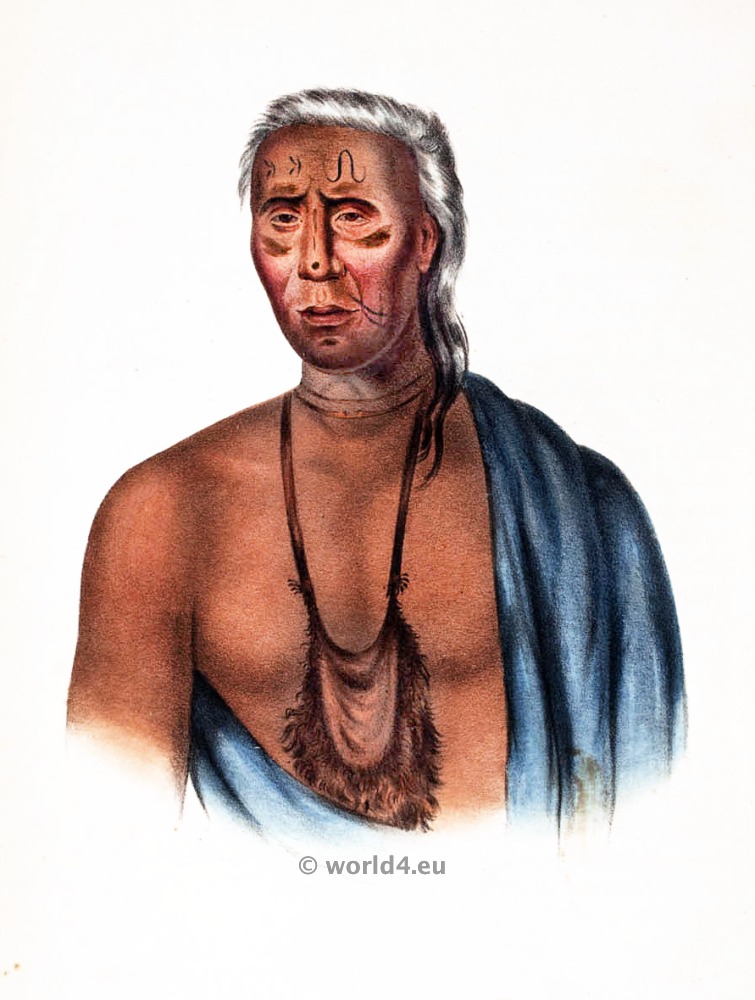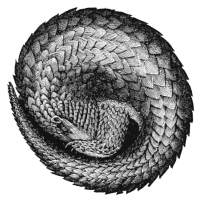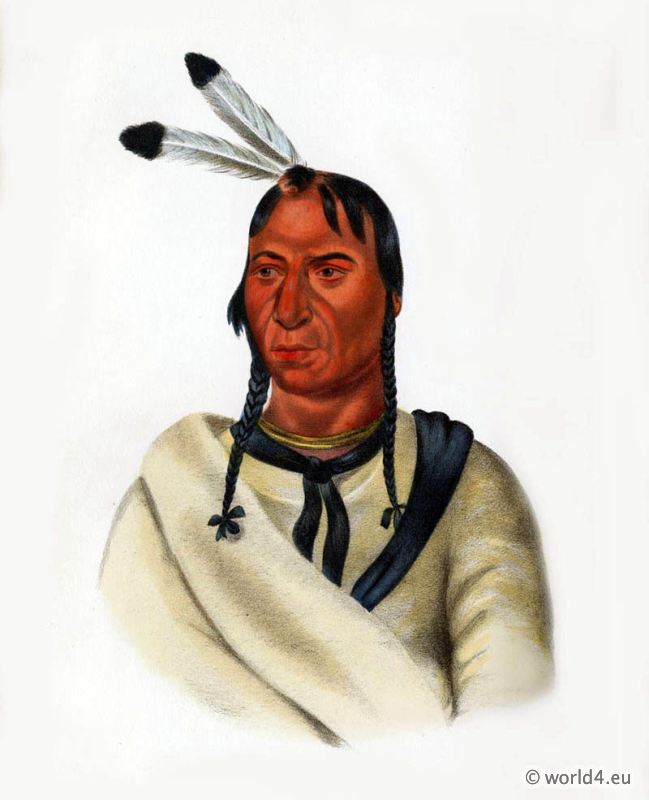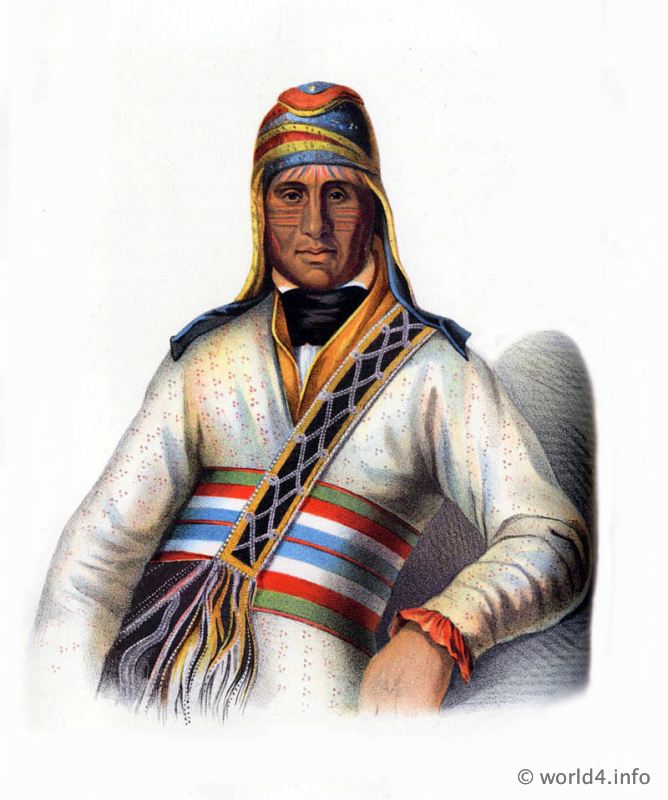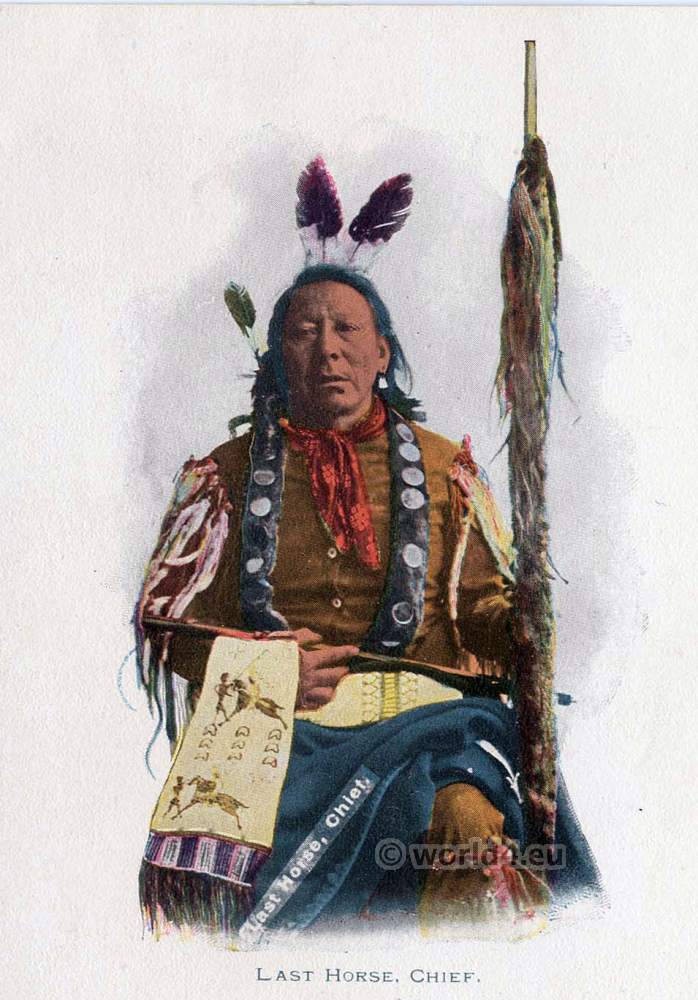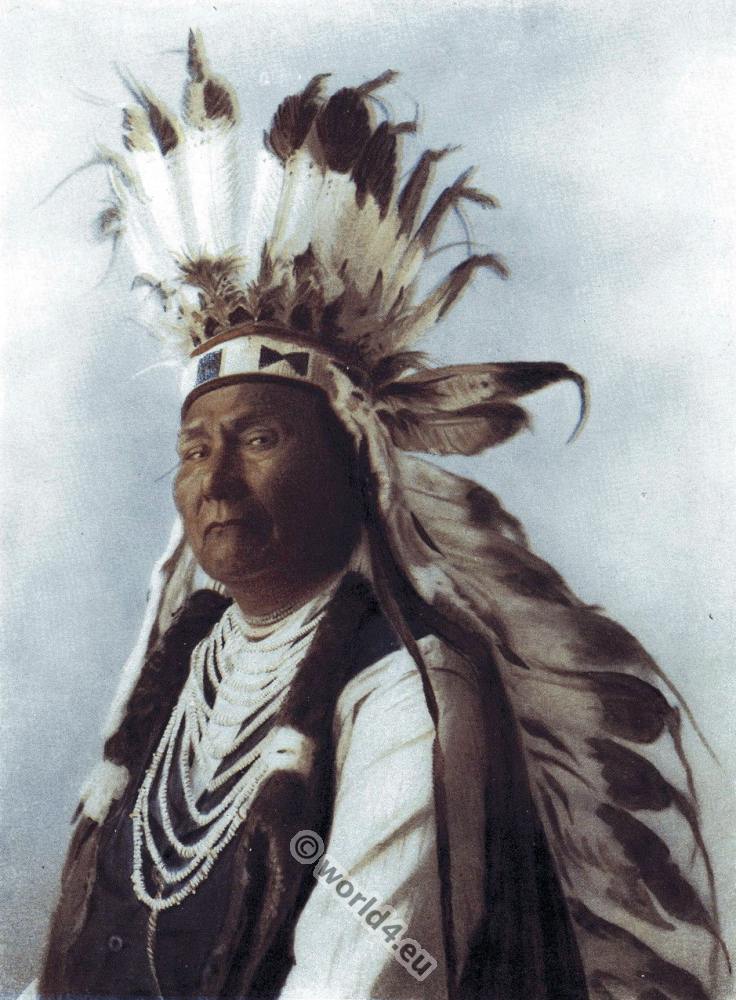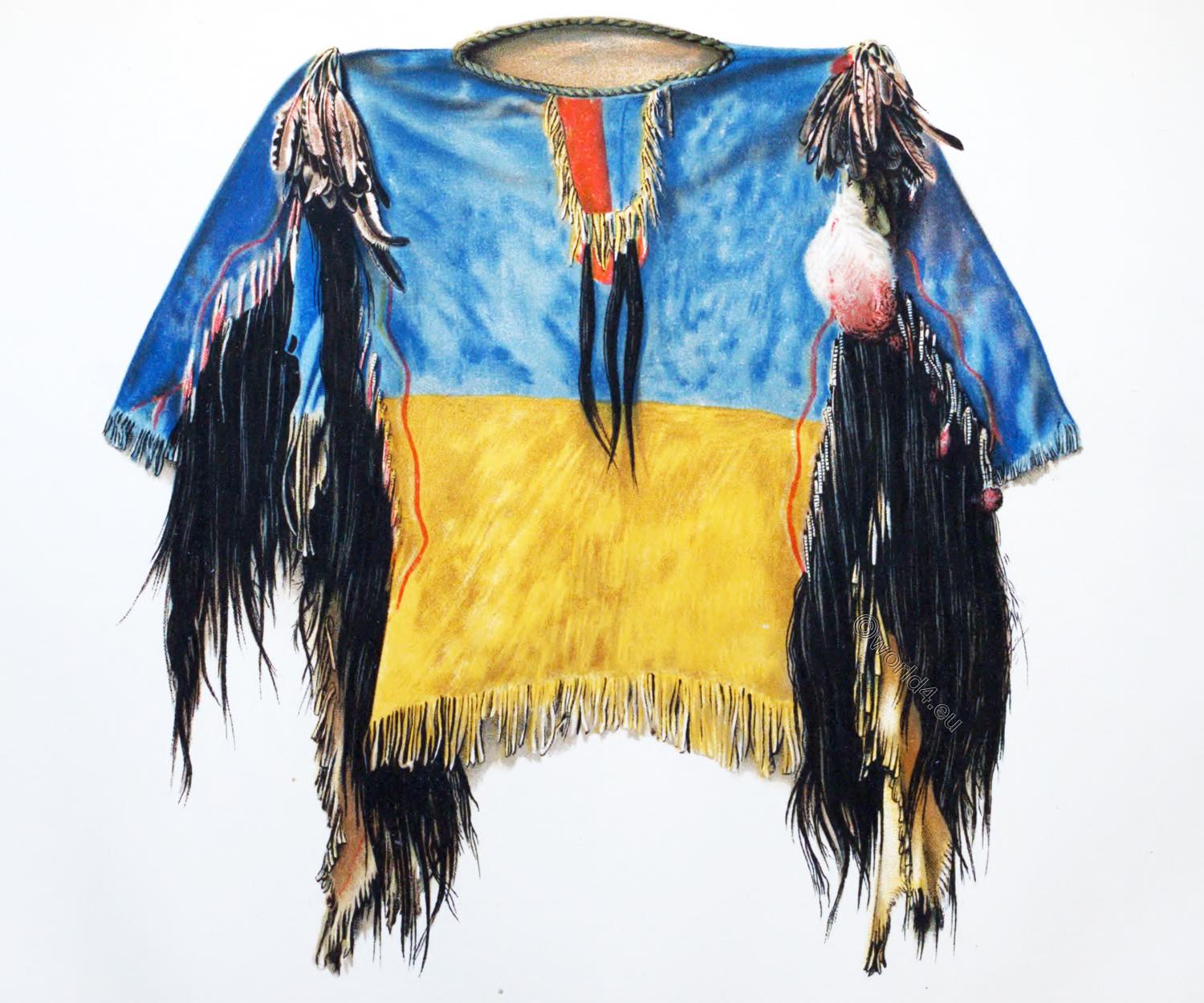LAPPAWINSOE. A DELAWARE CHIEF.
THE preceding engraving are taken from the original portraits, in the possession of the Historical Society of Pennsylvania. They were presented to that body by Granville Penn, Esq., of Stoke Park, England, a worthy descendant of the illustrious founder of the state which bears his name. These portraits are highly interesting to the antiquarian, because they preserve to him the only likenesses which exist of the famed Lenni Lennapi tribe of Indians.
All that is known respecting their originals, is contained in the Report made by Mr. J. Francis Fisher and Mr. Job R. Tyson to the Historical Society, and published in a volume of the Society’s Transactions.
The portraits were painted more than a century ago, (1737,) and even the name of the limner would now be a subject of curious but uncertain speculation. If a native, his work would show the skill employed and attention bestowed at that time, in British America, upon this department of the arts. Mr. Tyson and Mr. Fisher suggest that the portraits were probably painted either by one Swede, named Cecilius, who executed a likeness of James Logan, or a later artist, named R. Feke, whose name appears on a picture of the year 1746.
The fame of Lappawinsoe, whatever it was, has not been transmitted to us. James Logan speaks of him as an honest old Indian; and his name, “he is gone away gathering corn, nuts, or any thing eatable,” according to Heckewelder’s translation, implies the character of an honest old hunter. He was a chief, and is ranked, by the last named writer, among those of the Forks of the Delaware.
The act by which Lappawinsoe is chiefly known, is signing, at Philadelphia, the celebrated Treaty of 1737, commonly called The Walking Purchase. The character and effect of this negotiation are adverted to in another article.
Source: History of the Indian Tribes of North America. Famous Indian leaders.
Related
- KEE-SHES-WA, A FOX CHIEF & Meskwaki Medicine man.
- THE CHIPPEWAY WIDOW.
- ESHTAHUMLEAH, A Sioux chief
- POW-A-SHEEK a Fox Chief
- KISHKALWA a Shawnee Chief 1824.
- KISH-KE-KOSH a Fox Brave.
- Yoholo Micco, A Creek chief.
- SHARITARISH a Pawnee Chief.
- Mohongo, an Osage Woman with her child.
- Keokuk chief of the Sac and Fox, 1832
- Osceola – A Seminole Leader.
Discover more from World4 Costume Culture History
Subscribe to get the latest posts sent to your email.

